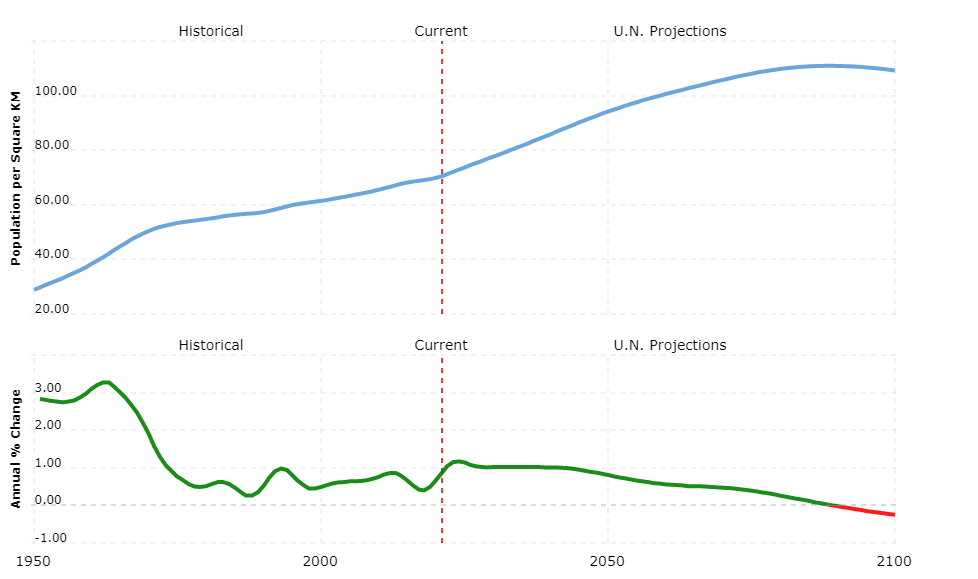Best Travel Time and Climate for Samoa
Vacationing to Samoa offers visitors the opportunity to experience Polynesia in its most authentic form. The capital, Apia, is on the beautiful north coast of Upolu, the largest and most populous of the country’s nine islands. Samoa is only a small nation and yet culturally and geographically the heart of Polynesia. Scottish writer Robert Louis… Read More »

